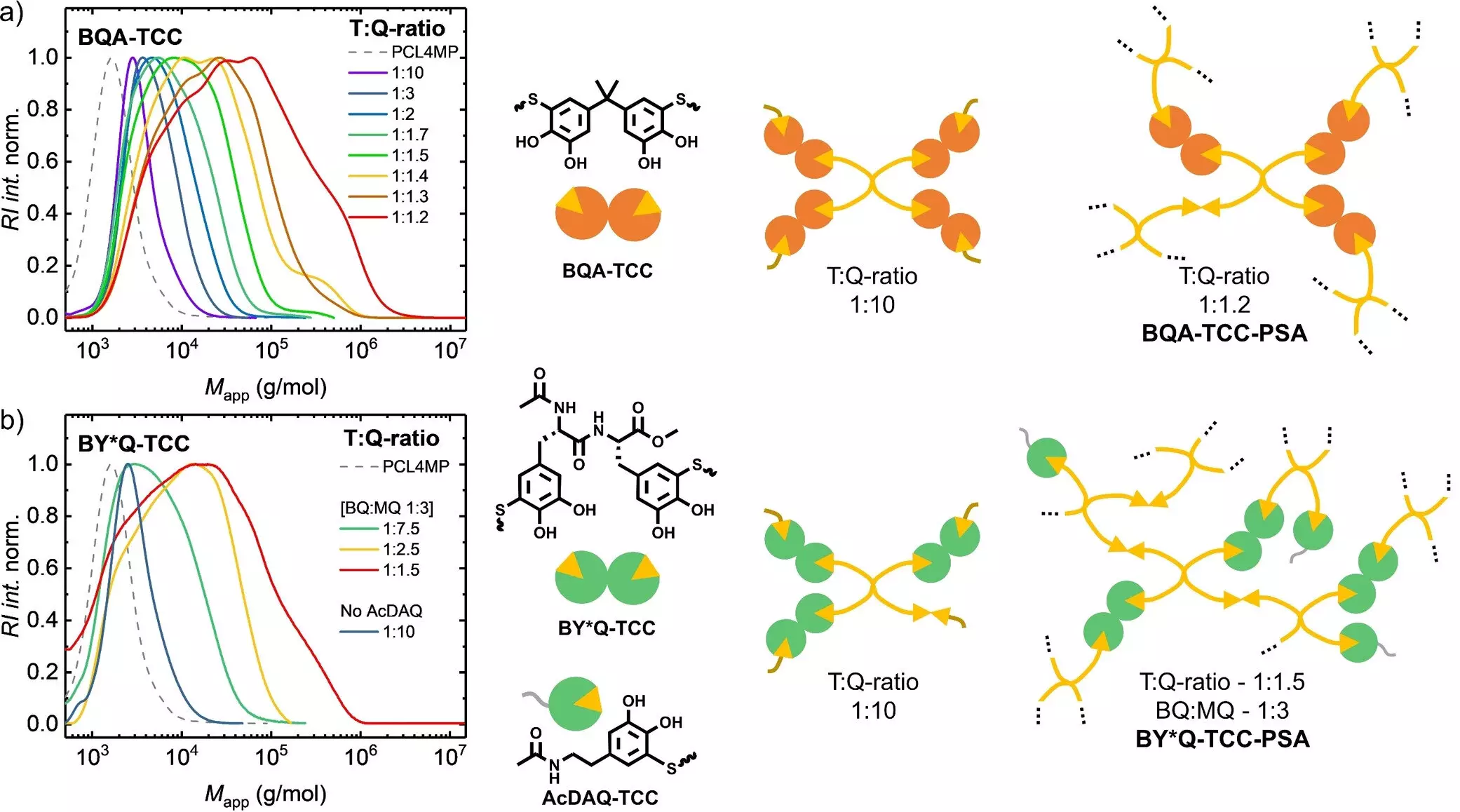In the rapidly advancing field of electronics, the integration of microelectronic devices is omnipresent. However, these devices pose significant environmental challenges due to their inherent design that often prioritizes functionality over sustainability. One of the paramount issues is the difficulty in repairing and recycling these intricate devices, which leads to increased electronic waste. As the electronic lifespan shortens, the demand for innovative solutions grows. The transition to a circular economy, which emphasizes sustainable resource use, waste reduction, and intelligent repair strategies, is gaining traction, particularly in the realm of adhesive technology.
Recent research has shifted its focus toward developing debondable adhesives, a critical component needed to support sustainable practices in the electronics sector. Drawing inspiration from nature, particularly the mussel’s exceptional underwater adhesion properties, researchers have pioneered a new adhesive that can be deactivated on command. Historically, mussel-inspired adhesives have gained attention due to their effectiveness; however, the latest advancements take this concept a step further by employing thiol-catechol polyaddition. This novel method results in polymers with unique adhesive properties stemming from their structural components.
The incorporation of thiol-substituted six-membered aromatic rings (TCC) enables the adhesive to maintain strong initial adhesion while allowing for controlled deactivation. The remarkable aspect of these materials lies in the chemistry involved. By oxidizing the catechol groups within the adhesive, the overall adhesion strength diminishes significantly, providing a viable method for disassembly when needed.
A multidisciplinary team consisting of researchers from Humboldt University zu Berlin, the Leibniz Institute for Analytical Sciences, and other esteemed institutions has embarked on developing two distinct types of these TCC adhesives. Their focus was not only on ensuring robust adhesive properties but also on creating a pathway for superior recyclability. They juxtaposed biobased peptidic biscatechol precursors, modeled after naturally-occurring compounds in mussels, against their fossil-based counterparts. Both types demonstrated strong adhesion in challenging conditions, including wet environments, and remained unaffected by atmospheric oxygen and mild oxidizers.
However, it was through the application of a strong oxidizer—sodium periodate—that the real utility of these adhesives was showcased. Upon exposure, the adhesive’s stickiness could be reduced dramatically, enabling effortless removal from surfaces. This streamlined deactivation process is particularly notable for the biobased adhesive, which showed a remarkable 99% reduction in adhesive strength while maintaining its structural integrity, thanks to a variety of peptide functionalities integrated into its design. In contrast, the fossil-based adhesive exhibited only a 60% reduction, highlighting the inherent complexity and limitations of conventional materials.
The findings from this innovative research open the door for a new era in adhesive technology that aligns with sustainable practices. The ability to remove adhesive residues easily without leaving a damaging impact means that infrastructure could evolve to accommodate efficient repairs and recyclability. The research consortium aspires to further enhance this technology by replacing chemical oxidation methods with direct electrochemical oxidation. Such advancements could provide practical solutions for everyday applications, including the repair of mobile devices and other electronic gadgets, ensuring a longer product lifespan and subsequently reducing waste.
The advancement of debondable adhesives exemplifies the critical intersection of nature and technology in addressing pressing environmental issues. By harnessing the power of bioinspired materials, researchers are paving the way for future innovations that effectively bridge the gap between product longevity and sustainability. As the world increasingly shifts towards a circular economy, these breakthroughs serve as a promising model for developing intelligent materials responsive to the demands of modern life while minimizing ecological footprints. In a landscape where electronic devices dominate, the quest for sustainable adhesive solutions will be pivotal in shaping our consumption patterns and reducing overall electronic waste.


Leave a Reply